Important Note to Teachers!
- If you think the four pages before the last page (about parents arguing at home) are sensitive to your children, please gently skip them.
- If you see them as an opportunity to discuss anger issues in adults (as adults are still learning too), please have ‘protective interrupting’ strategy in mind in case children tend to disclose information in front of the class.
Warm-up
- Ask: “What do you remember about the story?”
- Prompt: “Who got upset? How did they calm down or reset their emotions?”
- Write students’ ideas on the board to activate prior knowledge.
Reading
- Re-read The Shouting Girl, modelling fluent and expressive reading.
- Pause to highlight moments where characters manage emotions or make different choices.
Discussion: Making Connections
- Connect the characters with students:
- “What do or don’t you like about the story?” (e.g., characters, illustrations, and/or settings…)
- “What do or don’t you like about the characters? Why?”
- “What should or shouldn’t you learn from Kim and Jim?”
- Use butcher’s paper to record students’ response.
- Discuss: “What do you do when you’re angry?”
- Encourage respectful sharing of personal calming techniques and compare them with strategies used by the characters.
Activity: Regulation Strategies
- If time permits, discuss other feelings kids experience and brainstorm regulation strategies for each situation. Otherwise, focus only on regulation strategies for anger.
- Hand out the Self-Regulation Strategies Worksheet.
- For each situation,
- Write the emotion in the designated area
- Write or draw a self-regulation strategy for the emotion
Tip: There is a suggested list of emotions at the bottom of the page for reference.


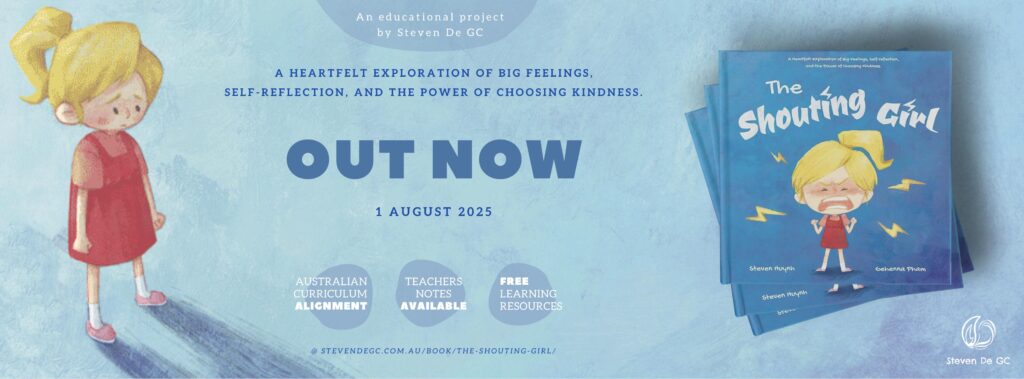
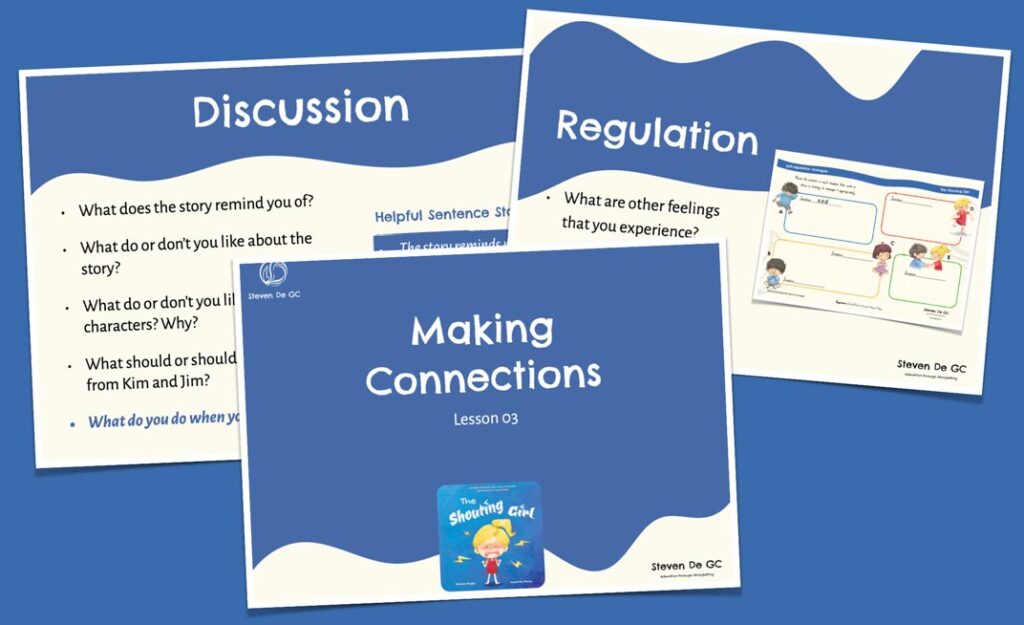

![[T4R] The Shouting Girl Reading/Health Unit for Year 2 [T4R] The Shouting Girl Reading/Health Unit for Year 2](https://stevendegc.com.au/wp-content/uploads/2025/07/T4R-TheShoutingGirl-UnitOverview-Cover-1024x627.jpg)
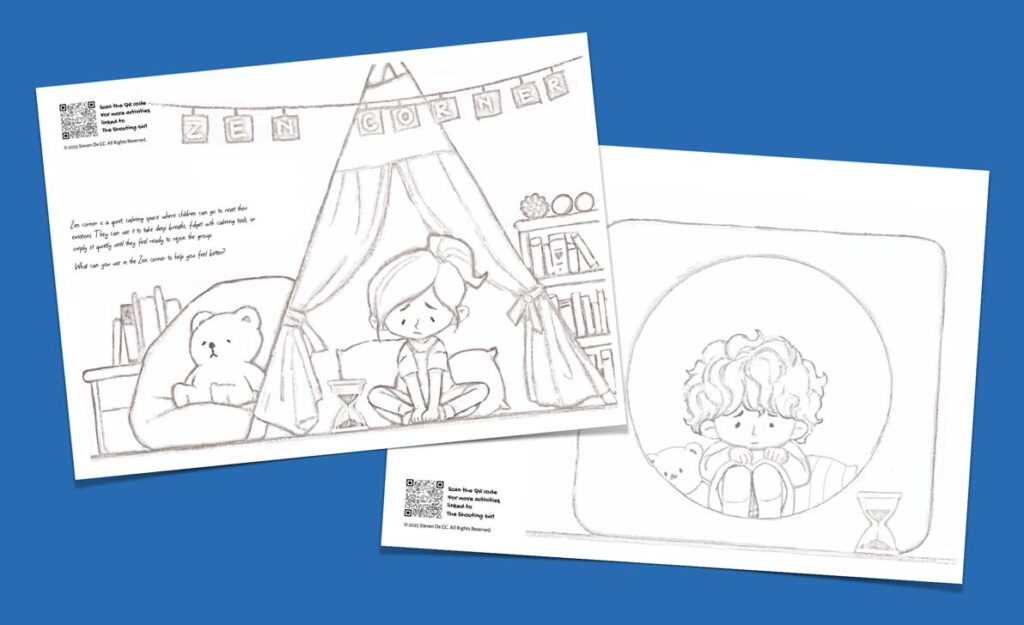
![[T4R] A Family is a Family is a Family: L2 Making Predictions [T4R] A Family is a Family is a Family: L2 Making Predictions](https://stevendegc.com.au/wp-content/uploads/2025/03/T4R-A-Family-is-a-Family-L2-Cover-1024x626.jpg)
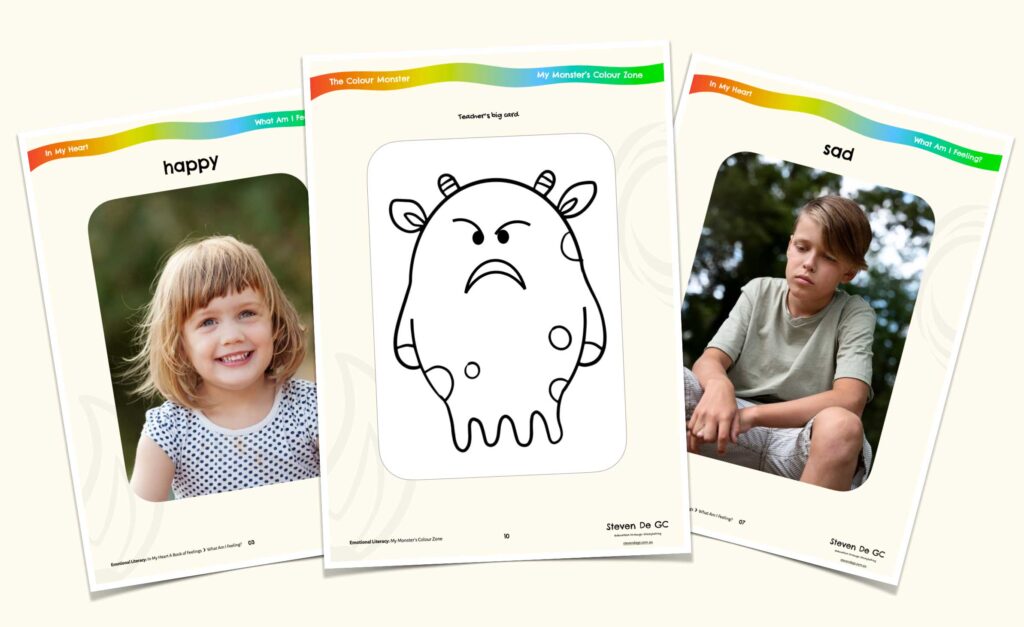
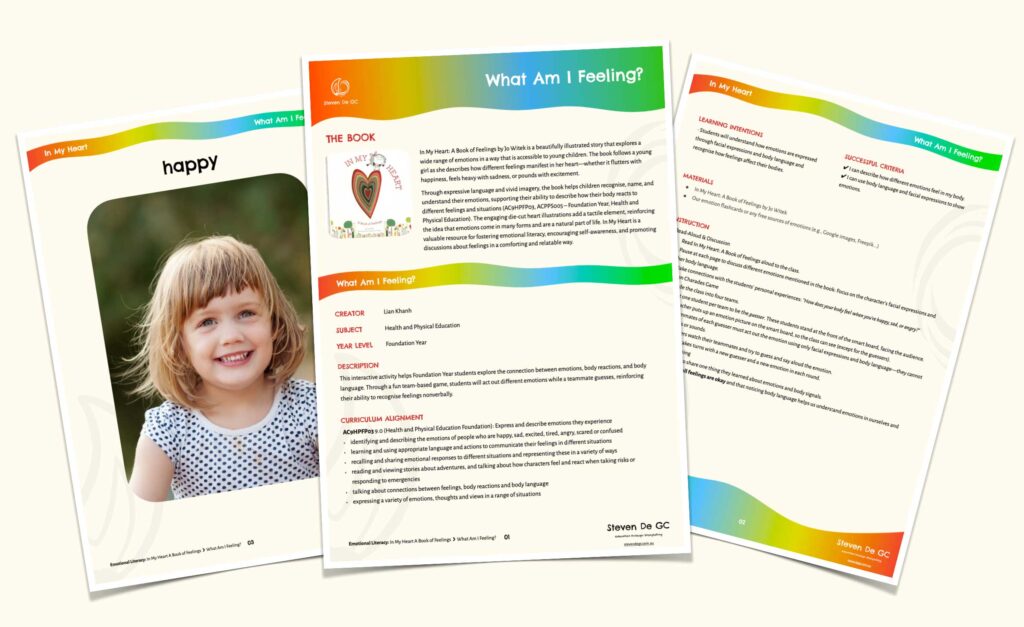
![[T4R] Stay For Dinner: L8 Respectful Relationships [T4R] Stay For Dinner: L8 Respectful Relationships](https://stevendegc.com.au/wp-content/uploads/2025/02/T4R-Stay-For-Dinner-L8-Cover-1024x627.jpg)
![[T4R] Stay For Dinner: L7 Cultural Respect [T4R] Stay For Dinner: L7 Cultural Respect](https://stevendegc.com.au/wp-content/uploads/2025/02/T4R-Stay-For-Dinner-L7-Cover-1024x626.jpg)
![[T4R] Stay For Dinner: L1 Background Knowledge [T4R] Stay For Dinner: L1 Background Knowledge](https://stevendegc.com.au/wp-content/uploads/2025/01/T4R-Stay-For-Dinner-L1-Cover-1.jpg)


Leave a Reply